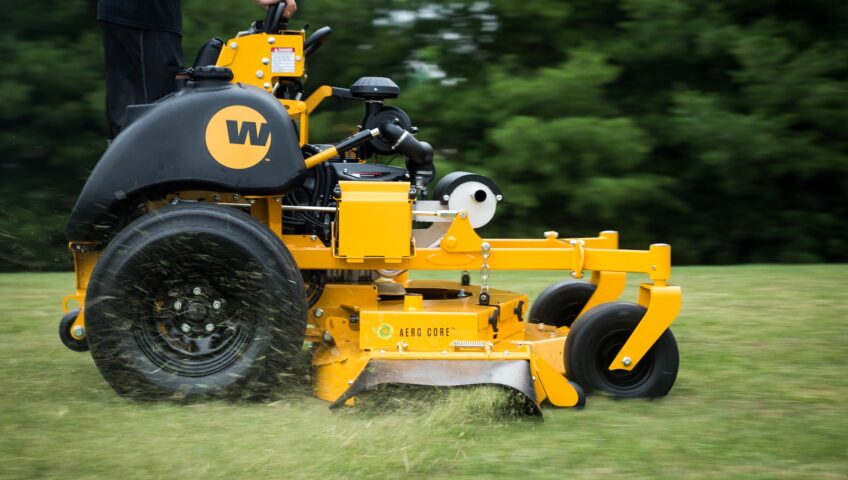The best weapon you have against this annual weed is crabgrass preemergence herbicide (also called crabgrass preventer). You apply this product in the spring before the crabgrass seed sprouts. This granular herbicide works by creating a chemical barrier at the surface of the soil. As the seeds begin germination, they take in the herbicide and die.
Use a post-emergent herbicide labeled for crabgrass. If you already have a crabgrass infestation, then a chemical treatment may be necessary to tackle the problem. All lawn weed herbicides are not made the same. Some will kill your regular grass and other common weeds. Make sure you read the label. Herbicides made to target crabgrass will be in a liquid form. It is meant for spot treatment and not for a broadcast application. Follow the directions on the label of the product for proper safety protocol.
Once your grass wakes up in the spring, follow healthy lawn maintenance practices. A healthy lawn will keep crabgrass and weeds at bay. This is a good time to inspect your lawn for bare spots that need to be addressed.
Leave your grass on the tall side, about three inches long. Taller grass blades help shade the soil. Leave grass clippings behind to add natural nutrients and shade for the soil. This helps prevent the germination of crabgrass seeds.
A thick and lush lawn will leave little space for weeds to grow. When your lawn is underfed, it gets stressed and has a greater chance of being taken over by weeds. Fertilize your lawn every six to eight weeks during the growing season.
Seed any bare spots in your lawn. You don’t want to leave any space for crabgrass seeds to germinate. Repairing the bare spots will help keep new weeds out. Plant grass seeds in bare spots and water regularly with a garden hose or sprinkler for deep watering.


Thanks! Finally I can get rid of that crabgrass!